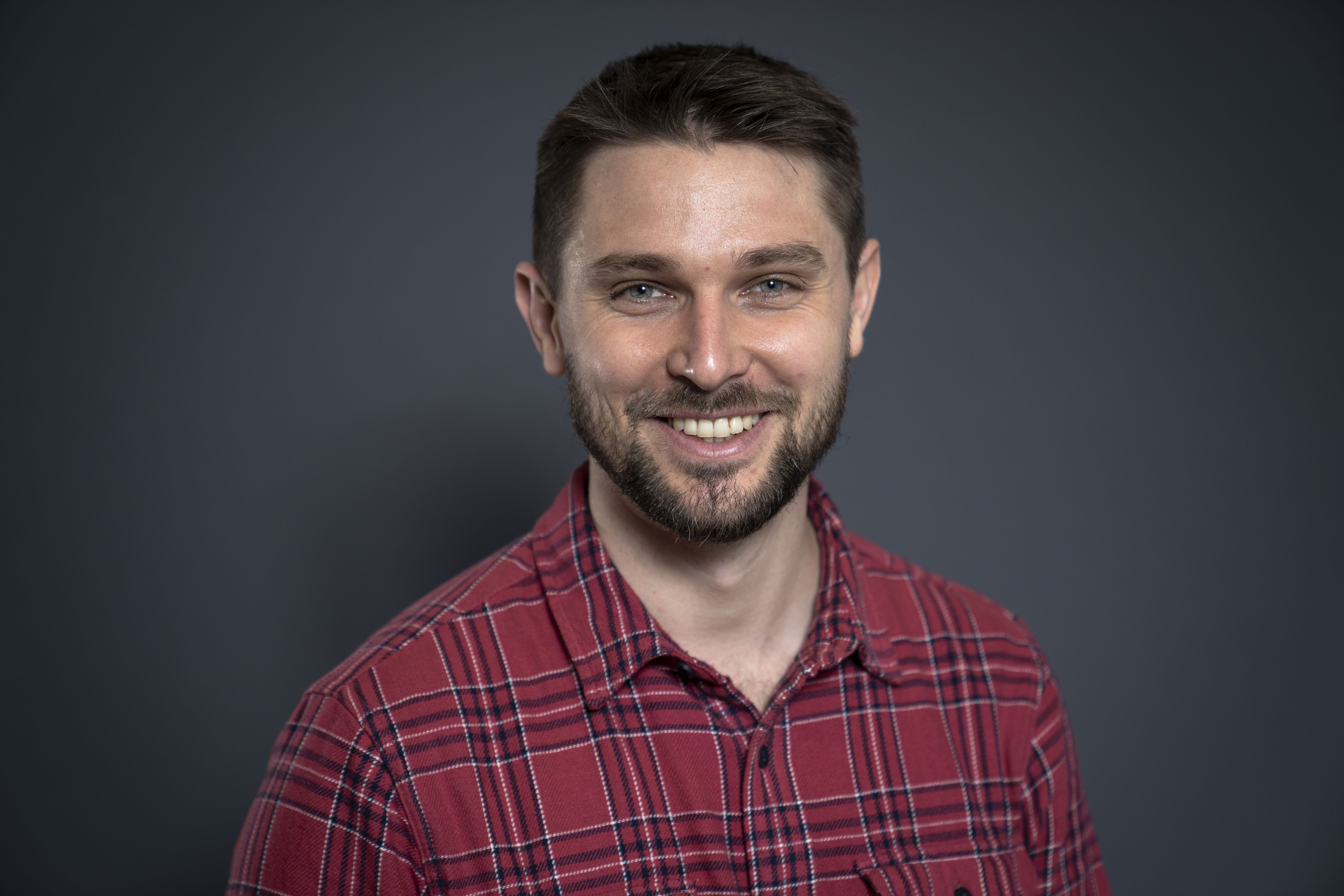Anton A. A. Smith
Research leader

Project title
Immunogene Polymer-Lipid Nanodiscs
What is your project about?
This project seeks to improve cancer immunotherapy, by creating a personalized vaccine platform that exploits nanodiscs to present cancer antigens from tumor biopsy samples. Nanodisc forming polymers are a class of amphiphilic polymers that spontaneously dissolve cellular bi-layer lipid membranes into water soluble nanodisc constructs, with membrane proteins embedded. These discs will be made highly immunogenic, by modification of the nanodisc forming polymer with Toll-Like Receptor agonists, resembling infectious agents, for recognition by adaptive immune cells to trigger a robust anti-cancer response.
How did you become interested in your particular field of research?
I have always been a bit of an inventor, and have had a drive to create something. It doesn´t take a lot to enthuse me, and I find great satisfaction in researching different fields, for then to combine their strategies and techniques, and have it all fit together. The idea for this project struck me while working on two completely unrelated studies. I realized the concepts could fit together, and it would allow me to create the foundation of an interdisciplinary research group across immunology, chemistry, and molecular biology. I only got more excited as I developed the idea, and realized the broad perspectives it could have.
What are the scientific challenges and perspectives in your project?
There are quite a few technical challenges that need to be sorted along the way. The chemical platform I have developed for making nanodiscs will need to be adjusted to the purpose of being immunogenic. What follows is the vaccine development, which also requires to be combined with existing techniques in cancer immunology to be effective. The road is long, but the prize will be a vaccine platform well suited for individualized cancer immunotherapy.
What is your estimate of the impact, which your project may have to society in the long term?
The goal of the project is to create tools for making vaccines for use in cancer immunotherapy, but also against viruses. It is hard to overstate the importance of vaccines for society, and cancer is still a leading cause of death. Moreover, the technology from this project can also be used in the study of membrane proteins. So there is a clear medical application for the product of this project, as well as potential to enable molecular biology as a science.
Which impact do you expect the Sapere Aude programme will have on your career as a researcher?
Receiving Sapere Aude enables me to start my research group here in Denmark. For the past 4 years, while doing postdoctoral research abroad, I have formed a vision of the research, and environment, I wanted to create when returning to Denmark. So it is a great honor to receive Sapere Aude and get to create my research lab. The project will create the foundation for my future research into (bio)materials science, immunology, chemistry, and molecular biology.
Background and personal life
I live with my wife, Henriette, who is also an academic scientist. On occasion, we also work together on research, so science is a big part of our lives. I also enjoy spending time in the kitchen, trying out new dishes. After 4 years in San Francisco, we look forward to the suburban life of Søborg.
View all research leaders here
Research institution
Technical University of Denmark, Faculty of Health Technology, Immunobiology and Biomimetics
Research field
Medical chemistry
City of your current residence
Copenhagen
High school
Grenaa Gymnasium
